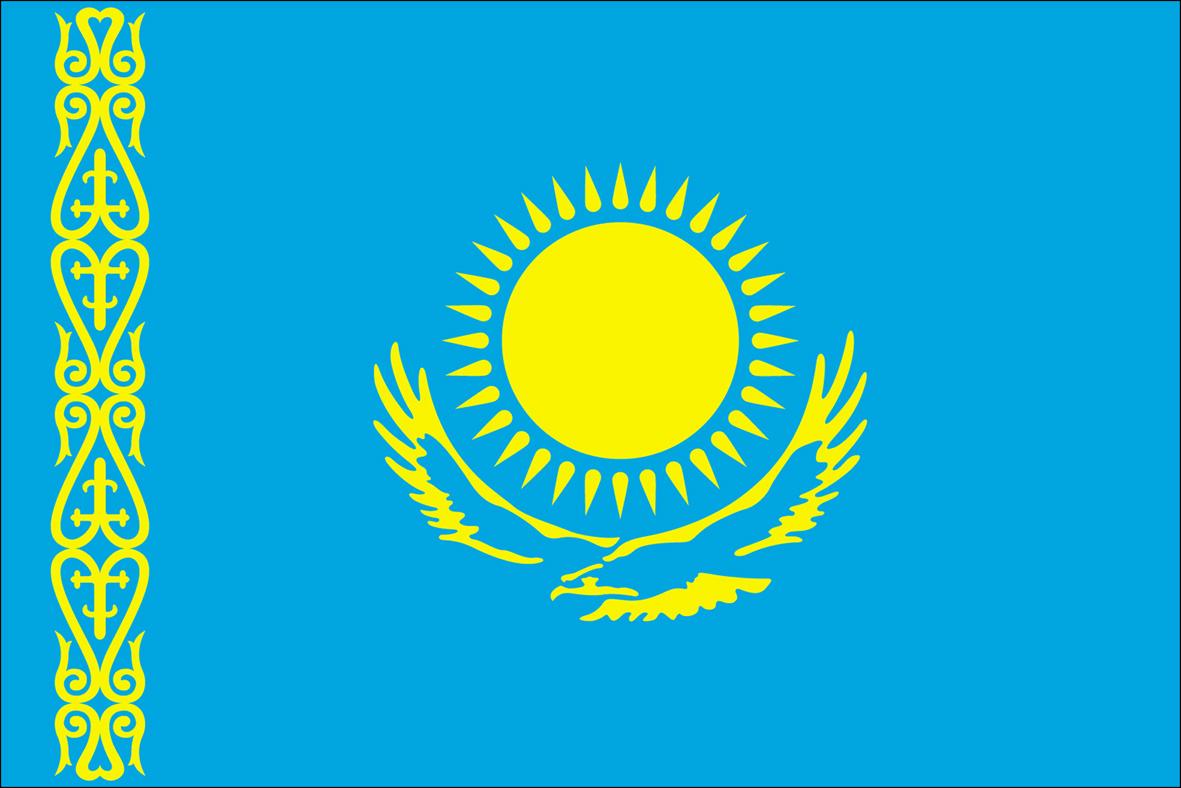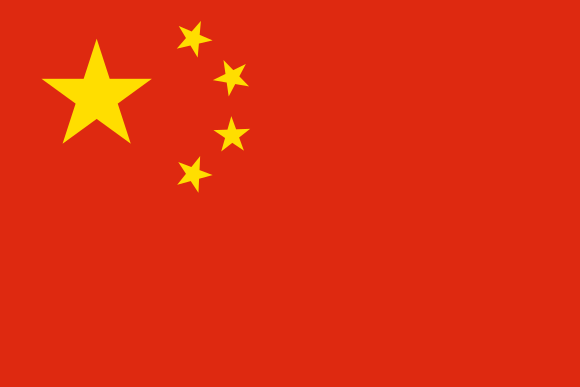International Elements in Korean Buddhist Sculptures
Over time, the overland Silk Road and the maritime ‘Spice Road’ both played important roles in the transfer and enrichment of art forms in the regions through they traversed and connected. The development of Buddhist art provides clear evidence of the development of Asian art during this time. Buddhist art started in India and was modified in Central Asia and the Southeast Asian regions. It then received contributions from China, before reaching the Korean peninsula in 372 CE, where it was modified once more where it assumed it own distinctive Buddhist art tradition. This is clearly seen in the way statues of Buddha developed and the modifications made in Korea, all of which can be traced back to a variety of original influences.




